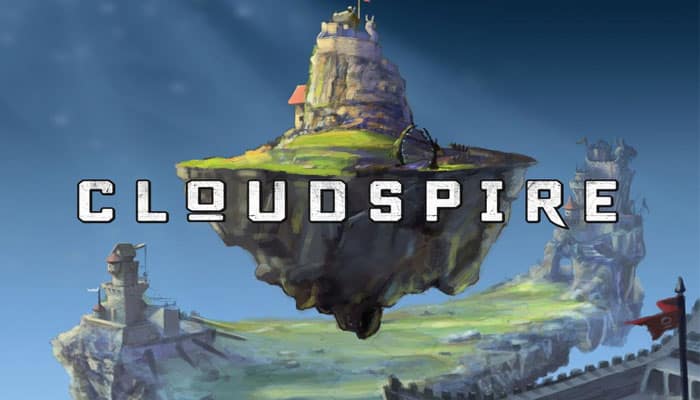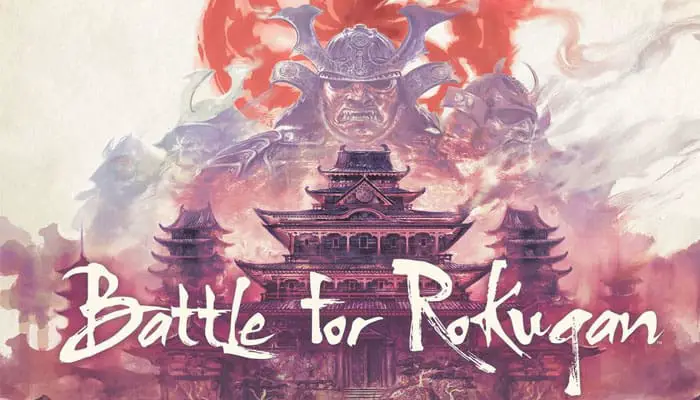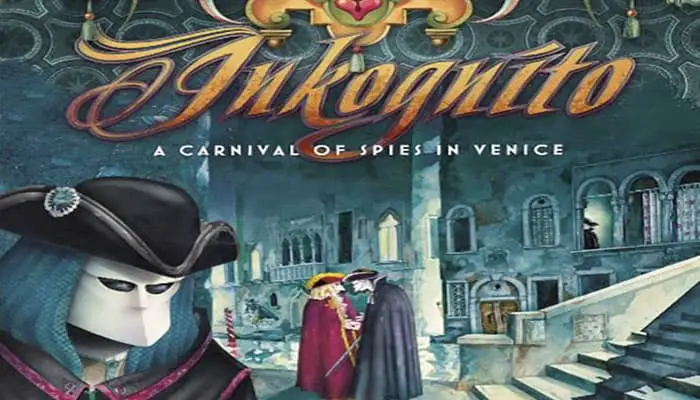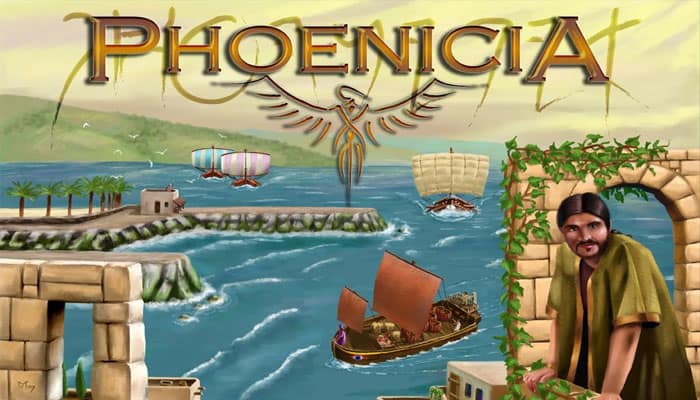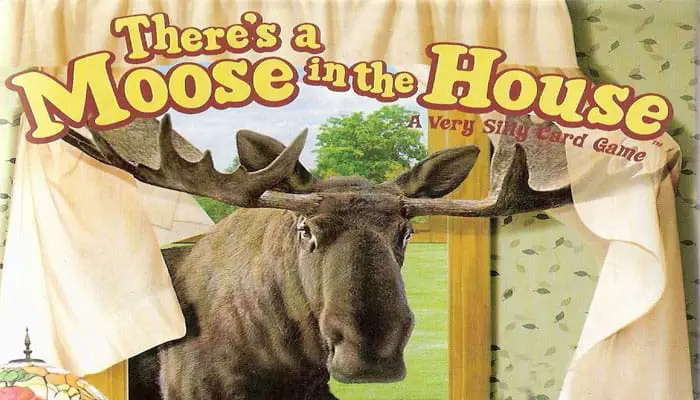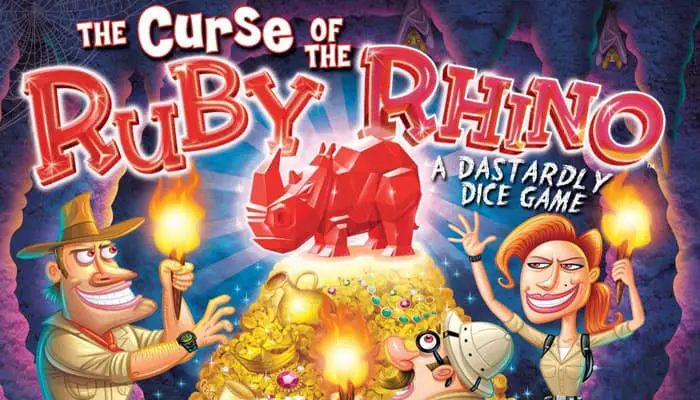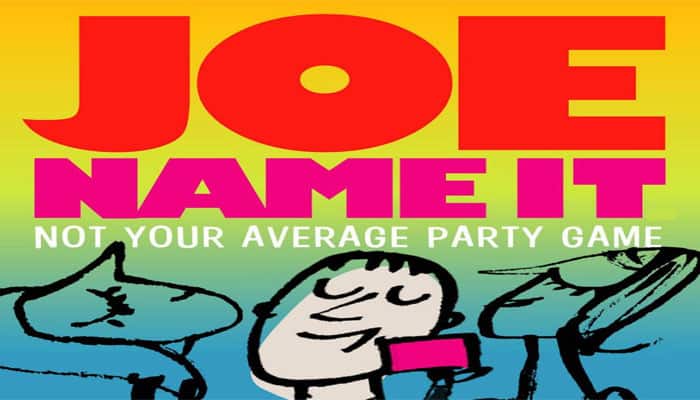All of the introductory game rules apply. On top of them, however, there are other rules and game materials that come into play as well.
The scenarios are built on top of one another. All of the rules of scenario 1 also apply to scenario 2. And in scenario 3, the rules from scenarios 1 and 2 also apply, and so on.
That's why it's best to play the scenarios in the specified sequence. That way, you will gradually get to know all the rules. At the beginning of each scenario, you will set up the depicted game board pieces. Unlike in the introductory game, you will always begin with a starting capital of ten money tokens. …
